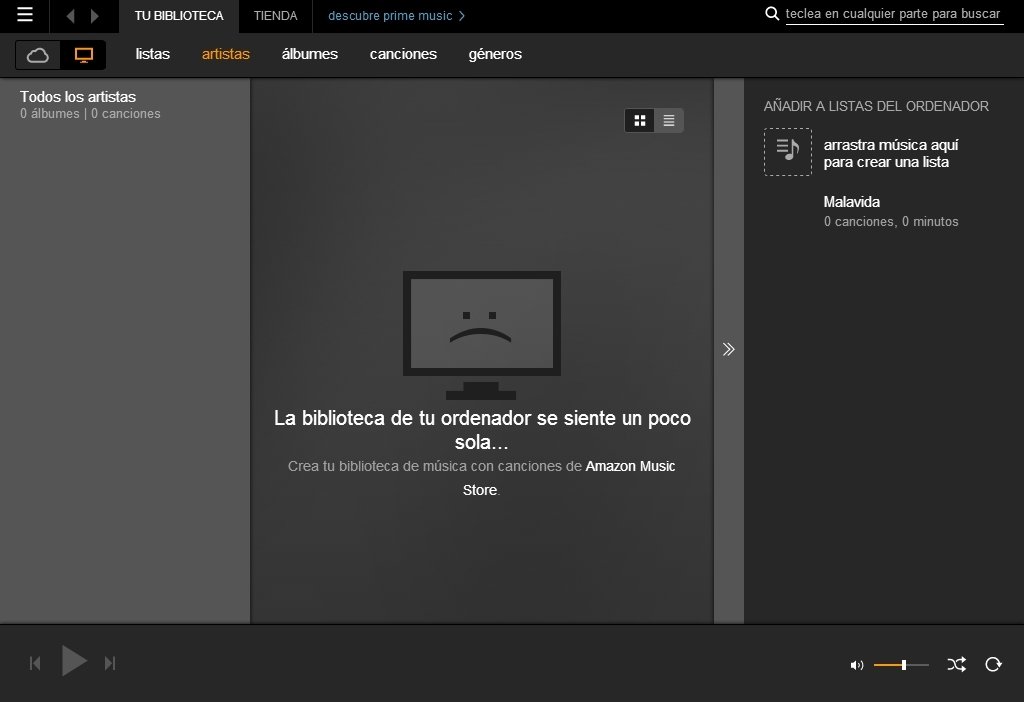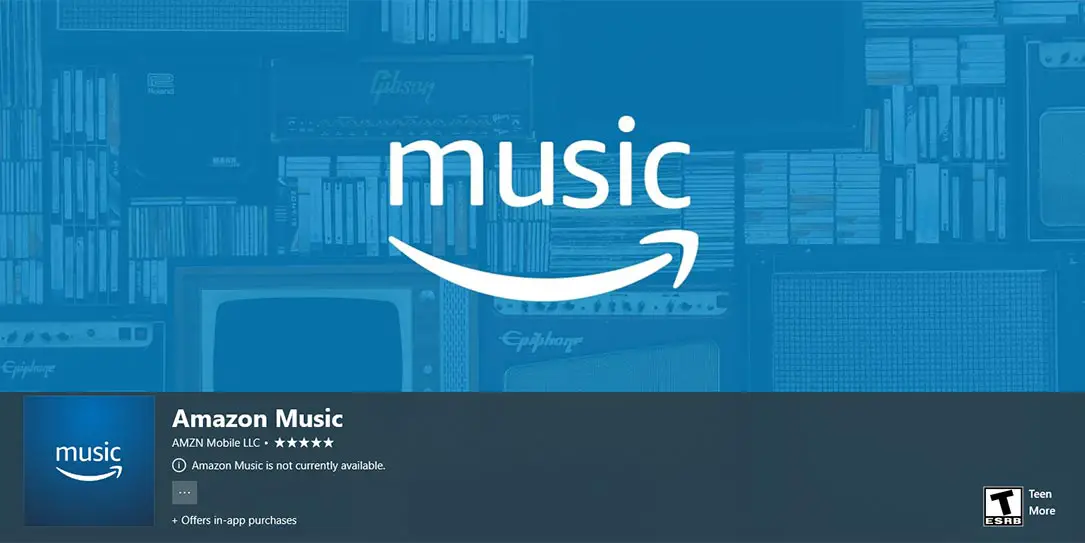

When your user credential information are confirmed, clink con 'Find' to find the registered Volumio devices or ask Alexa, discover my devices. If you've chance to send your thought to our Amazon Music team, please let them know by sending feedback.

Please know that Amazon always loves to hear from customer's voices.

Login on Volumio using your MyVolumio credential. I'm sorry that Amazon is not supporting for Volumio, and that causes some of the customers its inconvenience. (Which I really don't need as I'd be feeding the signal to my Minimax. Click on Activate to start the configuration. I know the Blue Sound Node 2i will fit this role, but I can't help but feel like part of the asking price is also based on it's ability to act as a DAC. The problem is, I can't do this (outside of TIDAL) on my SB Touch (it's also not an airplay supported device) so it's put me in the market for a new streamer that supports these formats and has the ability to be controlled via a phone. Now that streaming services are starting to include CD (or higher) quality content, I've been considering utilizing one of these pay services going forward (leaning toward Amazon music) as it's awesome just pulling up whatever you want to hear or just throwing on a playlist. I utilize Ipeng to control the unit from my couch and I stream the content digitally to an external Eastern Electric Minimax DAC via coax. I'm a current Squeezebox Touch owner and have been using it for years to stream both my digital library as well as picking up internet radio and for that purpose it's been working great. Similarly you could run a measurement sweep from 1 Hz to 48 kHz with REW via HDMI and measure the result with the SHD.I'm wondering if some of you might be able to provide me with an inexpensive streamer option that supports Amazon HD and Apple Music (via Airplay). For example if you had a computer that had a HDMI output you could use REW to generate a 24 bit 1 kHz test tone via HDMI and then extract an SPDIF signal to the SHD and use the SHD as a recording device to measure THD+N as described above. If the HDMI extractor is your primary concern the tests are a bit easier. Again I have not found anything like this (only 20 Hz to 20 kHz sweeps). Similarly IF you could find a sweep from 20 Hz to 48 kHz in Amazon Music HD you could verify that the response does indeed go to 48 kHz which would indicate it is correctly passing a 96 kHz signal. That being said I have only been able to find 16 bit / 44.1 kHz test tones in the Amazon Music HD library.

If you see something around -96 dB it is likely limiting to 16 bit. I have not found suitable files in the Amazon Music HD library but IF you could find a 1 kHz 0 dBfs test tone with 24 bit depth you could use the REW's RTA function with the SHD as a recording device to measure THD+N which should be around -130 dB. That being said there are some things you can do. I am not aware of any way to directly verify bit depth or sample rate with the SHD.


 0 kommentar(er)
0 kommentar(er)
